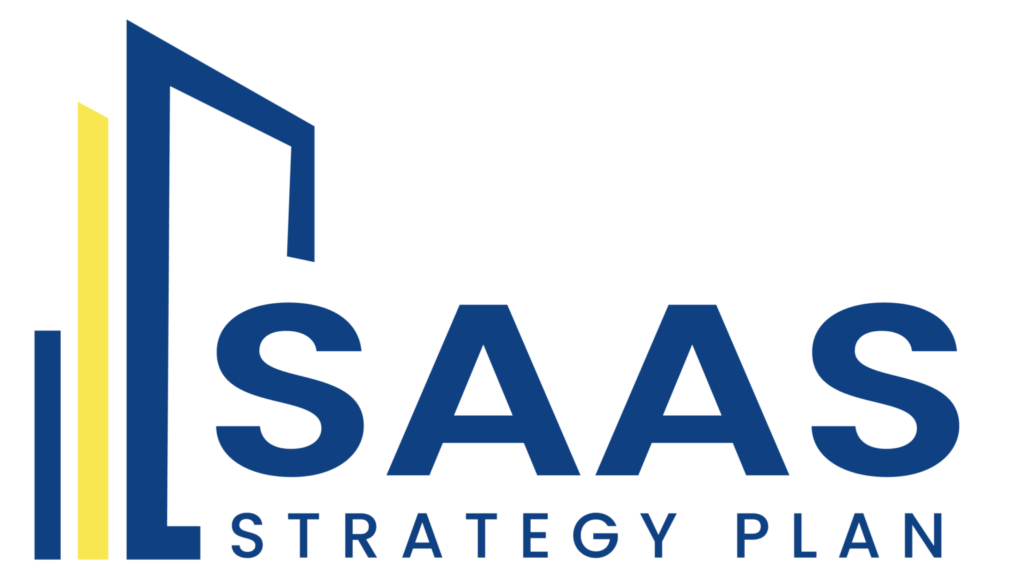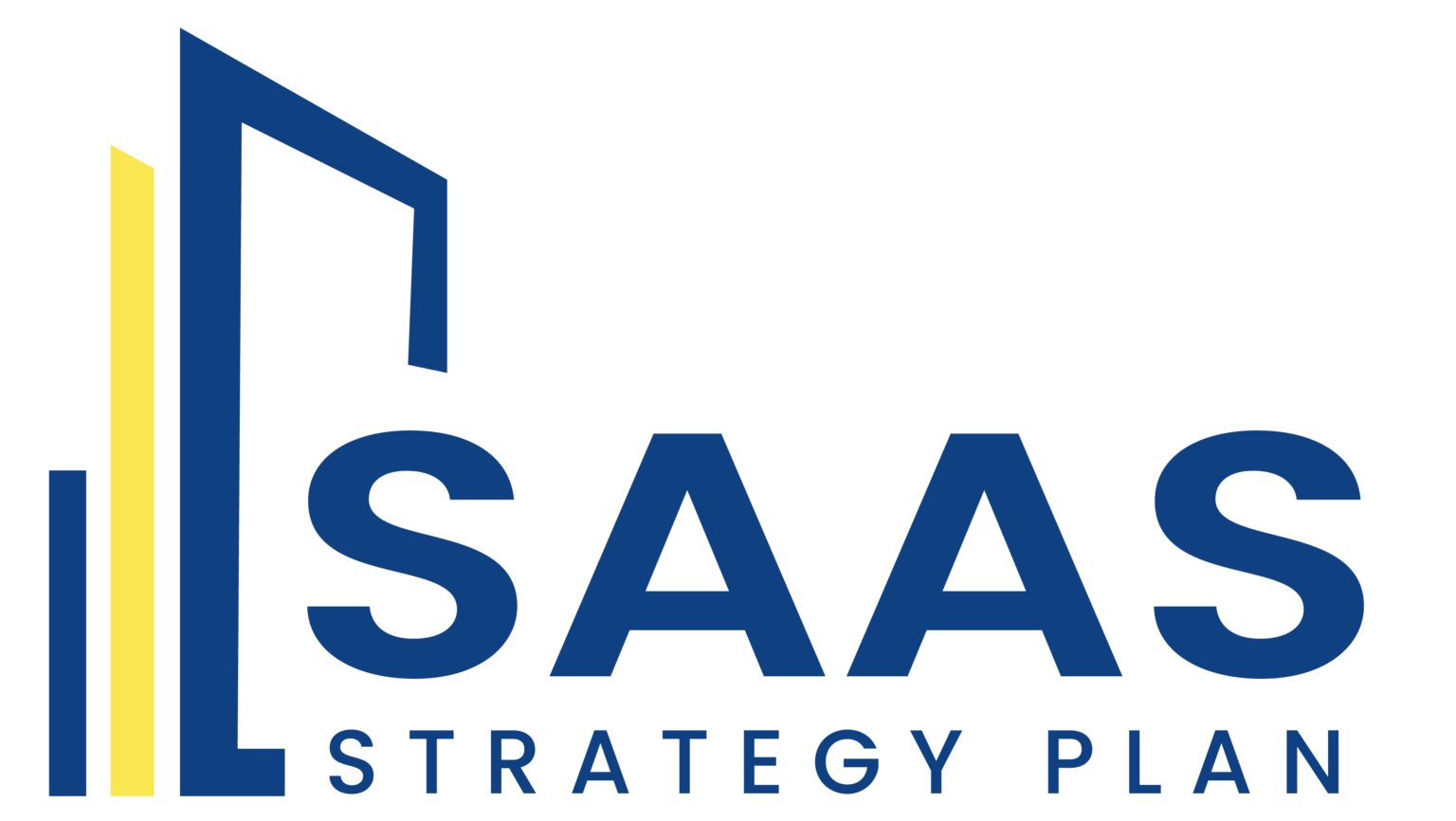The SaaS (Software as a Service) market is evolving at a breakneck pace, offering businesses innovative solutions to streamline operations, boost productivity, and enhance customer experiences. However, succeeding in this competitive industry requires more than just a great product—it demands a comprehensive SaaS strategy plan that paves the way for sustained growth. This blog will delve into the steps to craft a winning SaaS strategy.
-
Define Your Business Objectives
Every successful SaaS strategy begins with clearly defined goals. What does your business aim to achieve? Are you focusing on customer acquisition, expanding into new markets, or increasing revenue per user? Your objectives should be SMART: Specific, Measurable, Achievable, Relevant, and Time-bound. By outlining these goals, you create a roadmap that guides your decisions and helps track progress.
-
Understand Your Target Audience
In the SaaS industry, understanding your audience is key to developing a product that resonates. Conduct thorough market research to identify customer pain points, preferences, and purchasing behaviors. Build detailed buyer personas that include demographics, goals, and challenges. This insight allows you to tailor your product features, marketing strategies, and support services to meet your customers’ unique needs.
-
Achieve Product-Market Fit
No strategy can succeed without product-market fit, which ensures that your SaaS product solves a real problem for your target audience. Gather feedback from early adopters and use iterative development to refine your offering. A product that consistently meets or exceeds customer expectations lays the foundation for retention and advocacy.
-
Design a Scalable Pricing Model
Your pricing model should align with your value proposition and be flexible enough to cater to different customer segments. Common SaaS pricing strategies include:
- Freemium Models: Offer basic features for free with the option to upgrade.
- Tiered Pricing: Provide multiple pricing tiers based on features or usage levels.
- Usage-Based Pricing: Charge customers based on their usage.
A scalable pricing model helps you attract a broad audience while maximizing revenue potential.
-
Prioritize Customer Retention Over Acquisition
While acquiring new customers is crucial, retaining them is even more important for SaaS businesses. Subscription-based models rely on recurring revenue, making customer retention a top priority. Implement proactive customer success strategies, such as onboarding programs, personalized support, and regular product updates, to keep your users engaged and satisfied.
-
Leverage Data-Driven Insights
In the digital age, data is your most valuable asset. Use analytics tools to monitor customer behavior, identify trends, and measure performance against key metrics like churn rate, lifetime value (LTV), and monthly recurring revenue (MRR). Data-driven insights empower you to make informed decisions that drive growth.
-
Craft a Comprehensive Marketing Strategy
Your SaaS product may be groundbreaking, but without effective marketing, it won’t reach its potential audience. Invest in:
- Content Marketing: Create valuable content, such as blogs, eBooks, and webinars, to educate your audience and establish authority.
- Search Engine Optimization (SEO): Optimize your website and content to rank higher on search engines.
- Social Media Marketing: Engage with your audience on platforms where they are most active.
- Paid Advertising: Run targeted campaigns to generate leads.
Consistency across all channels is vital to reinforce your brand message.
-
Plan for Scalability from the Start
A scalable SaaS business can handle growth seamlessly without compromising performance. Invest in robust cloud infrastructure, adopt agile development practices, and implement automation tools to streamline operations. Scalability ensures you can accommodate increasing user demands without significant disruptions.
-
Monitor Your Competition
Keeping an eye on competitors helps you stay informed about industry trends and benchmarks. Analyze their strategies, strengths, and weaknesses to identify opportunities for differentiation. By understanding your competition, you can refine your approach and maintain a competitive edge.
Conclusion
Building an effective SaaS strategy plan requires a mix of innovation, customer-centric thinking, and strategic foresight. By defining clear goals, focusing on product-market fit, leveraging data, and planning for scalability, you can position your SaaS business for sustainable success. Remember, the SaaS industry thrives on constant evolution, so regularly revisit and adapt your strategy to stay ahead of the curve.


